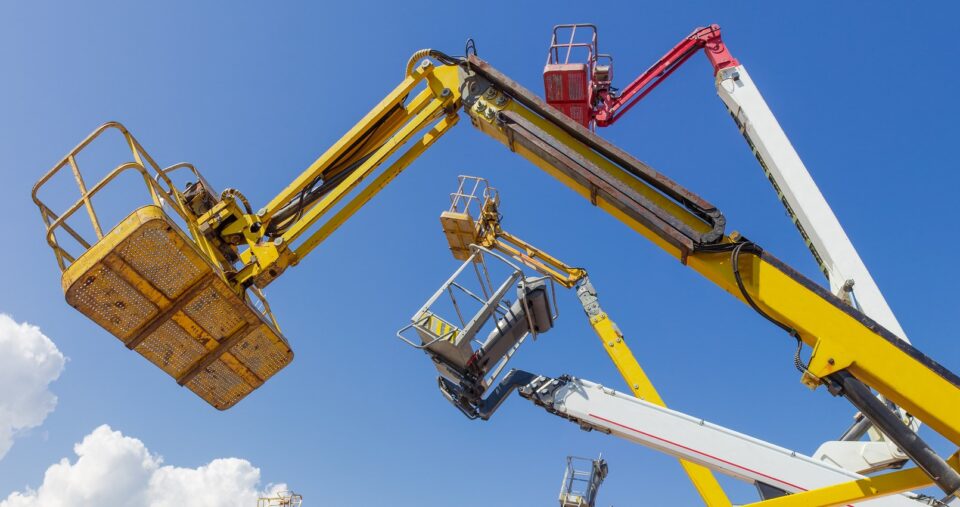Work is never going to be the same. That’s especially true in the age of mobile devices and elevating work platforms. No longer do we have to be confined to a desk or chair. We can take our work with us wherever we go. That said, this has led to new challenges for the workplace. Namely, how do we ensure that our workers are safe and comfortable when they’re working on elevated platforms? And how can companies ensure that their workers are productive and efficient while they’re on the go? In this blog post, we will explore these questions and more. From ergonomics to safety features, read on to learn everything you need to know about mobile elevating work platforms. Mobile elevating work platforms or MEWPs come in various types, each suited for different purposes and work environments. There are many kinds available at Lakeside Hire.
Types of MEWPs to Hire or Buy
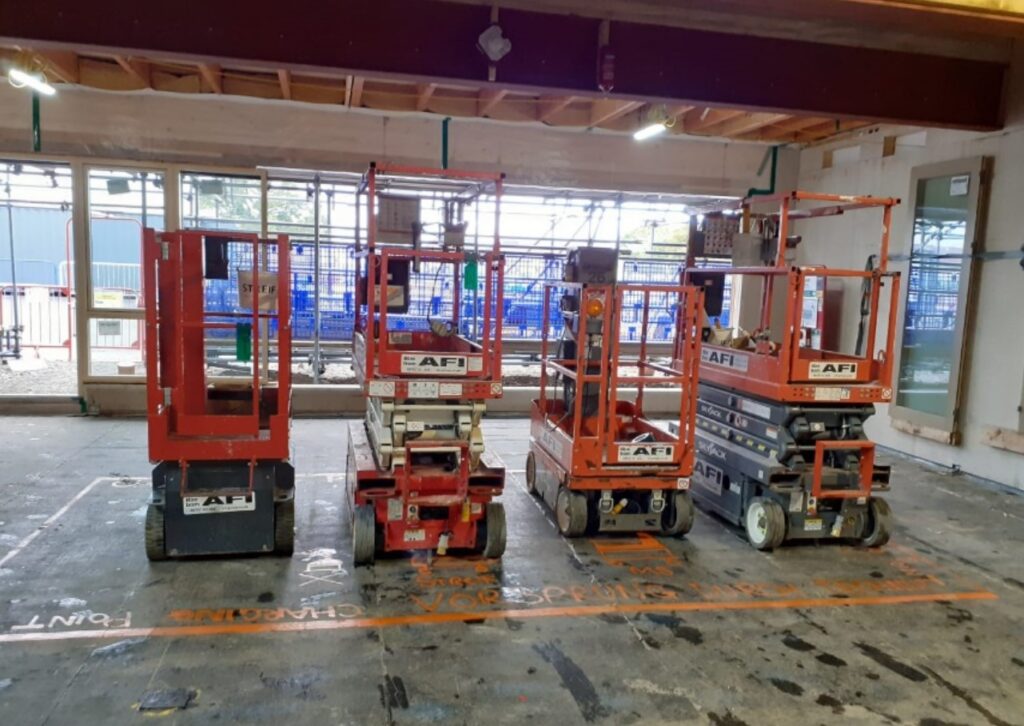
Here are the most common types of MEWPs:
1. Scissor lifts, also known as aerial work platforms, are the most common type of MEWP. They have extendable decks that can reach up and over obstacles, making them suitable for indoor use in construction or maintenance work.
2. Boom lifts, also called cherry pickers, have an articulating arm that allows for greater horizontal reach than scissor lifts. They are often used for outdoor tasks such as tree trimming or window washing on tall buildings.
3. Vertical personnel lifts are designed specifically to transport workers in vertical spaces such as elevator shafts or silos.
4. Spider lifts have retractable outriggers that allow them to stabilize on uneven ground and fit into tight spaces. They are often used for maintenance and repair work on utility poles or streetlights.
5. Push around vertical lifts are small, portable MEWPs that can fit through standard doorways and be easily moved by one person. They are often used for indoor tasks such as changing light bulbs or painting in high ceiling areas.
6. Towable booms have wheels and can be towed behind a vehicle, making them suitable for outdoor work where access may be limited.
7. Mast booms have vertically extending masts instead of an articulating arm, allowing for greater reach in tight spaces such as warehouses or halls with low ceilings.
8. Trailer mounted booms are mounted onto trailers, making them easy to transport to different job sites.
9. Suspended access equipment, also known as swing stages, are suspended platforms that can be attached to the side of a building for tasks such as window washing or exterior maintenance.
10. Truck mounted booms are mounted onto trucks and have greater reach than trailer mounted booms, making them suitable for construction work on tall buildings.
How to choose the right mobile elevating work platform for your business
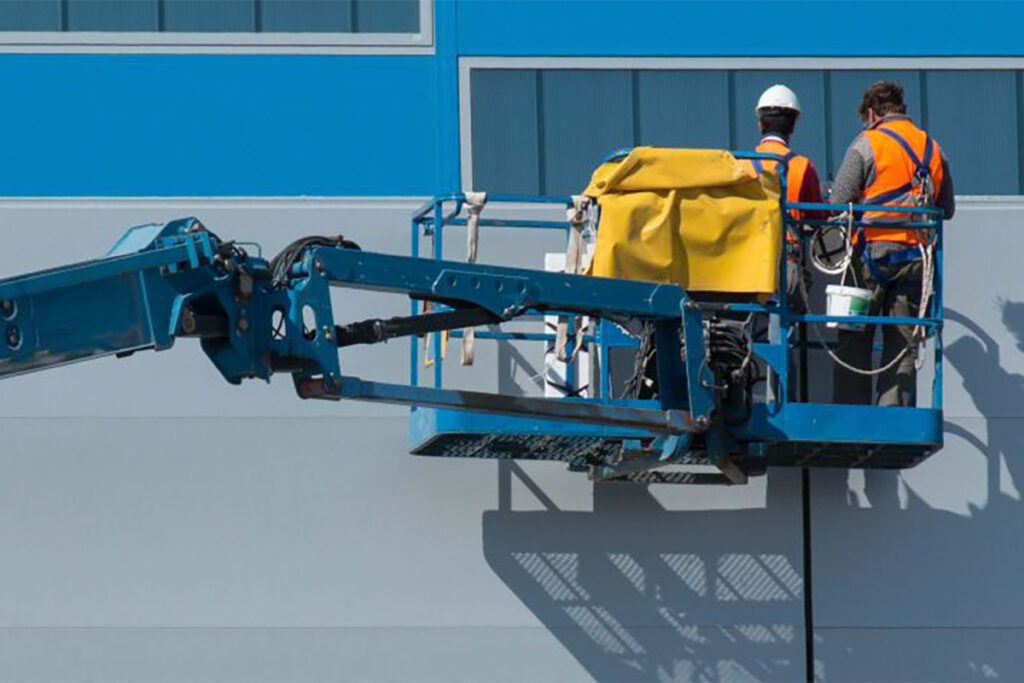
There are a few things to consider before choosing the right mobile elevating work platform for your business.
First, you’ll need to decide what type of job you’ll be doing. Are you going to be using the platform for manual tasks, such as loading and unloading trucks? Or will you be using it for heavier lifting and extension work?
Second, you’ll need to think about how much weight the platform can hold. If you’re only going to be using it for manual tasks, then a lighter platform might be enough. But if you’re going to be using the platform for heavier lifting or extension work, then make sure to get something that can handle the weight.
Third, think about how easy it is to move and store the platform. Do you need something that’s easy to load in your car or truck? Or does storage space not matter so much?
Finally, take into account what your budget is. All of these factors will affect which mobile elevating work platform is best for your business.
Safety Tips for Using MEWPs
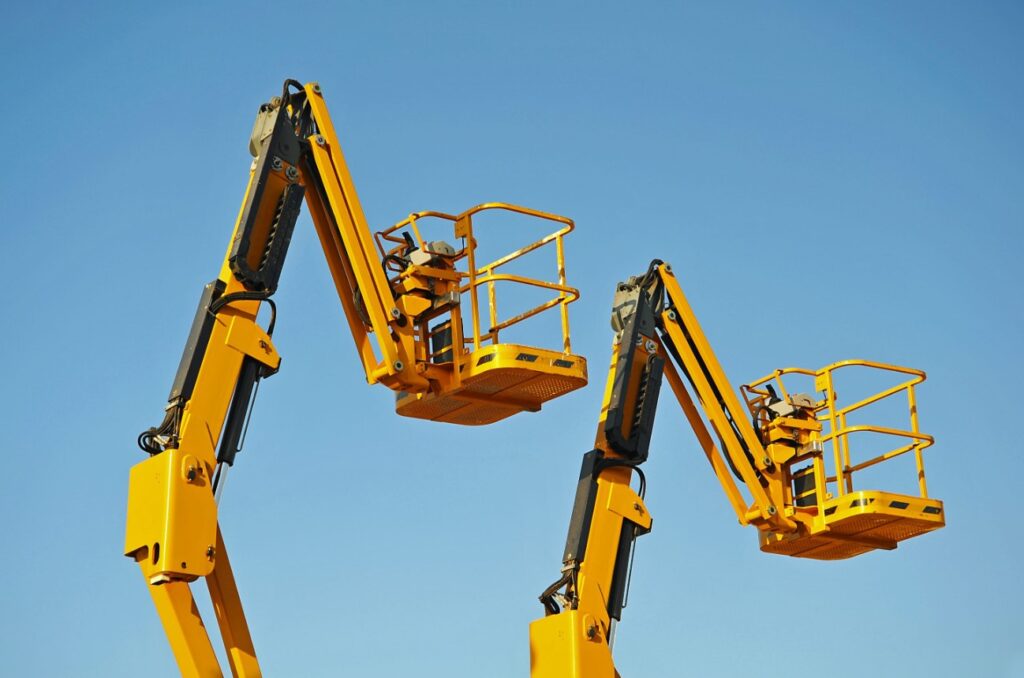
No matter what type of MEWP you are using, always make sure to follow safety protocols and properly train anyone operating the equipment. Some important tips include:
– Always inspect the MEWP before use for any damage or defects
– Make sure the ground is level and stable before set up
– Ensure that all guards and safety devices are in place
– Never exceed the weight limit on the platform
– Use fall protection equipment such as harnesses if necessary
– Follow manufacturer guidelines for proper operation
– Have an emergency plan in case of malfunctions or accidents
By following these safety measures, you can ensure a safe and productive work environment when using MEWPs.
Do you need a license to use it?
If you plan to use a mobile elevating work platform in your business, you will need to obtain the appropriate license. Licenses vary by state, but most require proof of insurance and proper operation. You should also check with your local government to find out if any additional regulations apply.
History of mobile elevating work platforms
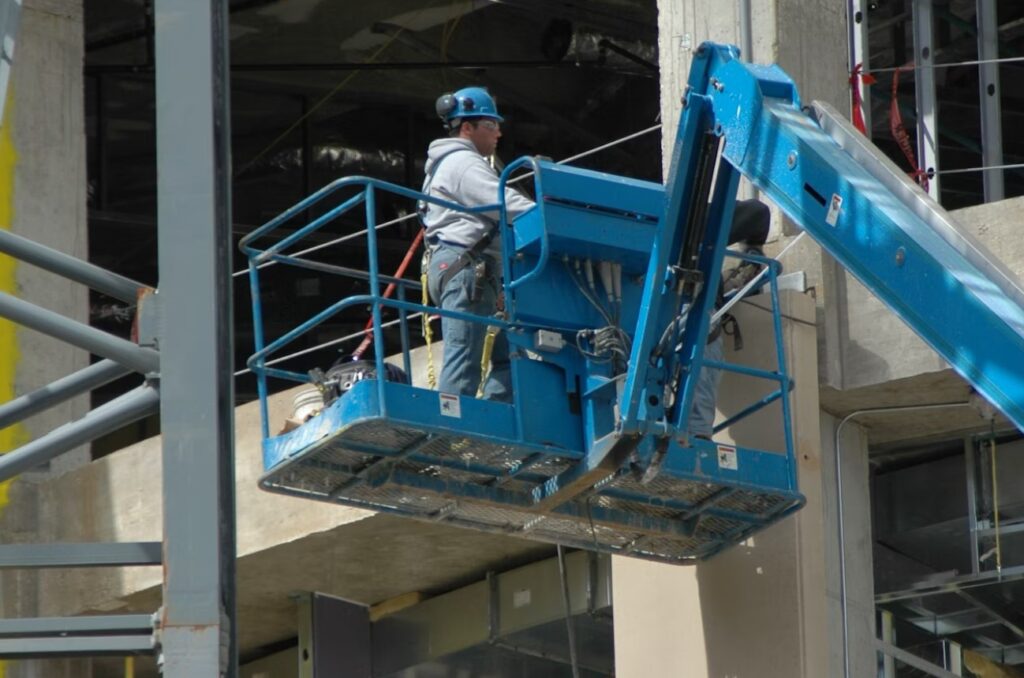
A mobile elevating work platform, or MEWP, is a safety equipment that helps workers safely perform tasks such as installing roofing or gutters. They are especially important in construction, where they are used to reach high places.
MEWPs were originally designed for construction use, but have now become popular in other industries as well. They are often used in factories and warehouses, and can be found on farms and ranches as well.
The first MEWP was developed in the early 1970s by an American engineer named John L. Grove. Today, there are a variety of different MEWPs available on the market. Some models are powered by motors, while others require users to manually raise and lower them using ropes or chains.
Some of the most common uses for MEWPs include installing roofs and gutters, agricultural work (such as planting crops), and working at high altitudes.
Conclusion
It is important to choose the right type of MEWP for a job, as each type has its own capabilities and limitations. Using the wrong type of MEWP can lead to accidents and injuries on the job site. Always consult a professional before operating any MEWP.

